SEO is always evolving and infinitely fascinating, much as a violent rollercoaster. You’re hitting your keywords one minute; then Google’s most recent upgrade throws a curveball. Remain current ahead of the game. It is survival as much as knowledge.
If you are a digital marketer fighting with competitors in 2025, you have to be informed with the trends. Ignoring Core Web Vitals or passing on tools like SEMrush is like running a race in flip-flops. You will not be a spoiler.
Prepare to investigate techniques ranging from user-first content to AI-driven insights that will keep your SEO more than ever sharp.
Trend 1 – AI-Driven Content Creation

Opportunities with AI Tools
AI tools have transformed our content creation and optimization for SEO process. Platforms include Surfer SEO, ChatGPT, and Jasper may manage everything from keyword research to creating interesting blog entries. For your website, must provide product or meta descriptions? AI covers all.
The first benefit is Quickness. AI lets you release excellent content in minutes instead of hours. By examining search intent and recommending terms you might overlook, it also guarantees your search optimization is exactly correct. Fun fact: data-driven content strategies can raise ranking potential by up to 30%.
AI lets you automate these things:
- Developing blog entries and headlines.
- Creating subject ideas grounded in search trends.
- Optimizing former content for fresh SEO guidelines.
Remember, though, artificial intelligence is only a tool; it’s clever but it does not replace your originality.
Balancing AI and Human Expertise
AI isn’t flawless, really. Yes, it can generate search engine optimized content, but it lacks always awareness of tone, comedy, or cultural quirks. You then come in rather handy. People relate to human experiences, feelings, and original points of view. Your contribution is to add that personal touch AI cannot provide.
Consider it as group efforts. Technical matters—keywords, search analysis, structure—are handled by artificial intelligence. You center the soul of the content. Surfer SEO might help you outline a post, for instance, then add your voice to give it real and relevant resonance.
Effective content ultimately combines elements of both worlds. While your experience gains readers’ trust, artificial intelligence speeds up your climb of the search results. SEO is about humans looking for answers rather than only about algorithms. See that your content offers both.
Trend 2 – Enhanced E-E-A-T Standards

What is E-E-A-T and Why It Matters
Google’s preferred recipe for prioritizing search content is E-E-A-T—Experience, Expertise, Authoritativeness, and Trustworthiness. The game has evolved given the new emphasis on Experience and Notability. Google wants proof you have been active, not only your knowledge. Have you conducted actual search engine optimization campaigns? Are the results of your content initiatives quantifiable? These days, that is what counts.
Moreover Notability? It comes mostly from reputation. You have the edge whether you include reliable websites, quote pertinent content, or stress your niche. The Google algorithm now searches for reliable links to increase the exposure of your content in search results.
Why should you give a damn? It implies that if smaller producers offer insightful, real-world analysis, they can ascend the ranks as well. This levels the search engine optimization field and honors those with real, experience-driven content.
How to Build Author Authority
Want your content to rule SEO search results? Begin to establish your author power right now. Here’s the method:
- Create richly detailed written work. Demonstrating your knowledge of SEO, use statistics, case studies, or examples.
- Present your credentials. Your author’s bio needs some elasticity. Add your certificates, years of knowledge of content, or SEO project successes.
- Go on respectable websites. To improve your search ranking, write for blogs including HubSpot, SEMrush, or even specialty industry websites.
- Keep yourself active online. Posting content on LinkedIn, Twitter, or forums establishes you as the go-to subject-matter expert.
- Work cooperatively for citations. Work with other artists to have featured and referenced all around the SEO system.
E-E-A-T is how search engines judge your worth, not just a buzzword. Following these guidelines will help your content convert rather than merely rank.
Trend 3 – Prioritizing User Experience (UX)
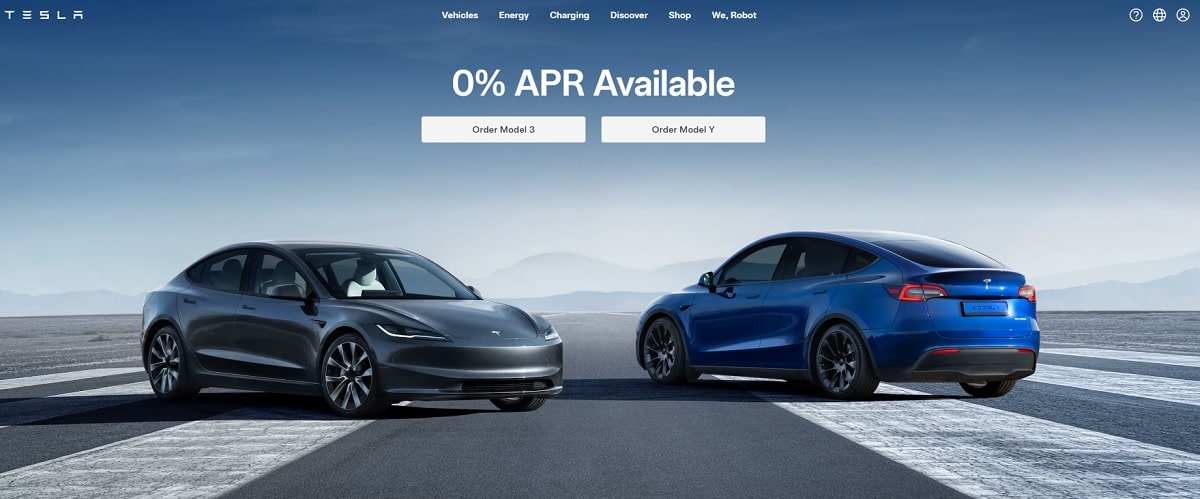
Core Web Vitals Evolution
Google’s Core Web Vitals are always changing. They evaluate the three main aspects of user experience of your website: visual stability, interactivity, and loading speed. These days, it’s about excelling rather than only passing these tests.
Assume for a moment that your Largest Contentful Paint (LCP) runs for 2.5 seconds. Google finds that to be alarming. This kind of poor user experience might damage your SEO and force your content down in search results. Likewise for Cumulative Layout Shift (CLS). You know those nasty page hops when a button moves while you are clicking? Correct that will help with SEO.
How UX Drives SEO Rankings
Good UX is a secret weapon for your SEO plan, not only for delighted customers. Google logs user signals including click-through rates, bounce rates, and time spent on site. Your rankings suffer if users abandon your content in a few seconds.
Your website starts to become a search favorite, though, when customers remain, investigate, and interact. Making users—and Google—happy mostly depends on clear navigation, quick loading, and relevant content.
This is a brief checklist to maximize UX for SEO:
- Hasten your website. Create lazy loading, compress images, and improve code.
- Develop scannable content. Organize your brief paragraphs, headers, and bullet points.
- Assess mobile friendliness. One useful tool is Google’s Mobile-Friendly Test instrument.
- Simplify user interface. Users should come upon content in three clicks or fewer.
UX will not only be a trend in 2025; it will be the cornerstone of your successful SEO. Nail it, and you’ll rank better while keeping people riveted to your content.
Trend 4 – Voice and Visual Search Expansion

Optimizing for Voice Search
Voice searching is a lifestyle more than a gimmick these days. By 2025, smart speakers are predicted to be found in about 55% of American homes. People now chat rather than type. “For newbies, what is the best SEO tool?”Where can I discover quick ideas for content?These are searches from the real world.
Optimizing for voice search forces one to consider not just type but also speech. Pay especially attention to natural phrasing and long-tail keywords. Users probe in queries, so your content requires responses. Create conversational headlines such as “How to increase SEO free from stress?”Get into highlighted snippets using structured data; Google loves those.
Pro tip: Try your site with plerdy’s SEO Checker or AnswerThePublic’s tools. See whether your content answers questions individuals have.
Leveraging Visual Search for Growth
Visual search is raging! Users of sites like Pinterest and Google Lens are discovering content differently. Pinterest claims an 80% rise in visual searches year over year. That is enormous.
The truth is that your photographs have to sparkle. Must-haves are excellent graphics, thorough alt text, and meaningful file names. If you are a product vendor, Google Merchant Center makes sure your photographs show up in visual searches.
Companies which maximize for visual search experience a thirty percent traffic gain. Would like to start following this trend? Start designing gorgeous and searchable infographics or product visuals.
Tools to Optimize Visual Search:
- Canva – For neat, fast designs.
- Plerdy – Review your image SEO.
- Compress photos without sacrificing quality with TinyPNG.
Your shortcuts to higher results and greater SEO magic in 2025 are voice and visual search
Trend 5 – Matching Search Intent
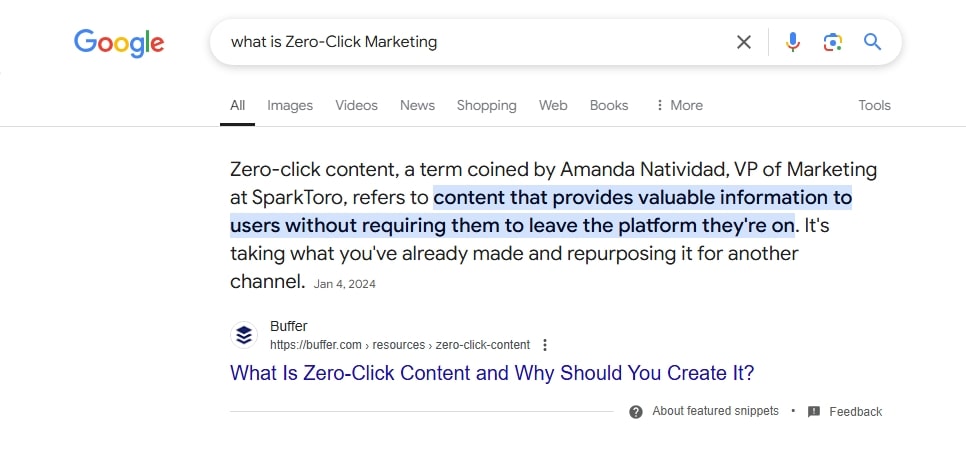
Why Search Intent Matters
Knowing search intent is like reading from the mind of your audience. It’s about realizing why someone searches. Are they intending to make a purchase? Acquire a fact? Examine products? Your SEO efforts can fail if your content does not fit their intended use. Google recognizes when customers bounce back, so your ranking suffers.
For instance, someone searches “best SEO tools for startups.” If they get a blog post instead of a comparison chart including actual solutions, they will leave in seconds. Matching intent increases your traffic and hooks guests.
Consider these several forms of intent:
- Informational: Ask things like “What is SEO?”“
- Navigational search for brands like “Plerdy SEO checker.”
- Transactional: Say “buy SEO tools online.”
When content meets these user needs, SEO suffers less.
Techniques for Intent Optimization
Start with keywords; yet, do not stop there. Examine questions to learn what customers hope for. Review the top results; Google typically exhibits trends. If it is a listicle, create an excellent list. If a product review, provide more analysis.
Look for keyword intent using SEMRush or Ahrefs. Remember structured data; it indicates to search engines the subject of your content. Add FAQs to target those mouthful of voice search snippets as well.
Pro tip: Combine several kind of content. Make navigational comparison charts, transactional landing sites, and blogs with informational purpose.
Matching search intent promotes trust rather than only improves rankings. Users that find what they need on your page stay around more. That is search engine optimization gold!
Trend 6 – Mobile-First Indexing
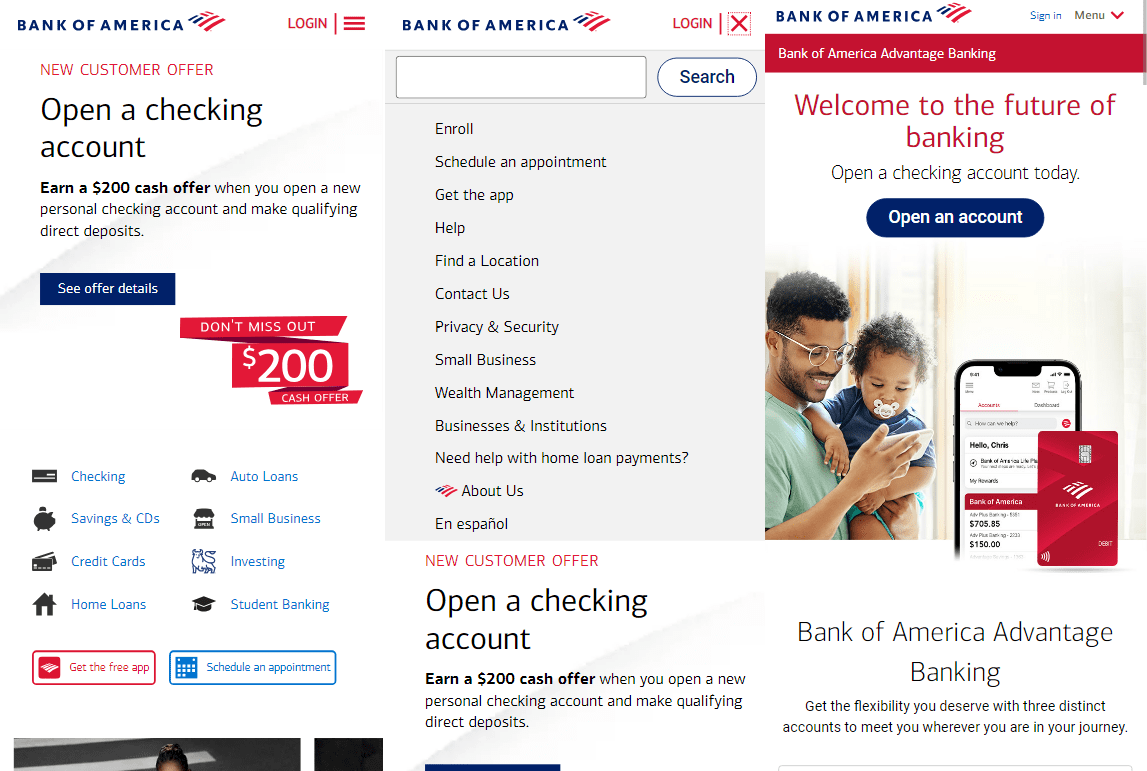
Mobile SEO: The Cornerstone of Rankings
Your SEO plan is already behind if your website is not mobile-friendly. Google’s mobile-first indexing gives your content’s mobile version first priority, so desktop optimization is secondary. Not only are slow loading times, bad navigation, and sluggish design unpleasant; they also destroy your search results.
Mobile devices account for over 55% of world online traffic, and users demand quick, relevant content. Should your mobile site fail, bounce rates climb, alerting Google to content that falls short. And behavior in search is changing. Recent years have seen a more than 200% rise in mobile searches for “near me”. Ignoring these changes in your SEO strategy? That would be detrimental for business.
A mobile-optimized site goes beyond simply satisfying Google. It’s about giving customers who require rapid responses flawless experiences. That determines your rankings, traffic, and conversions.
Best Practices for Mobile Optimization
Getting your mobile SEO properly calls for smart strategies rather than magic. Start with the Mobile-Friendly Test from Google to find problems. You have to use responsive design; your content has to fit every screen width.
Success in search depends critically on page speed. Analyze performance using Pingdom or Page Speed Insights. Optimize pictures, turn on lazy loading, and cut JavaScript or CSS clutter.
This is a checklist meant to help your mobile SEO:
- Use meta descriptions tailored for mobile search intent.
- Improve local SEO for queries including “near me.”
- For improved navigation, include big, easily pressed buttons.
- Test load times and usability of every page routinely.
Google’s mobile-first indexing makes abundantly evident: mobile optimization is not optional. Give mobile search engine optimization top priority if you want your content, search results, and traffic ahead of the competitors.
Trend 7 – Content Personalization
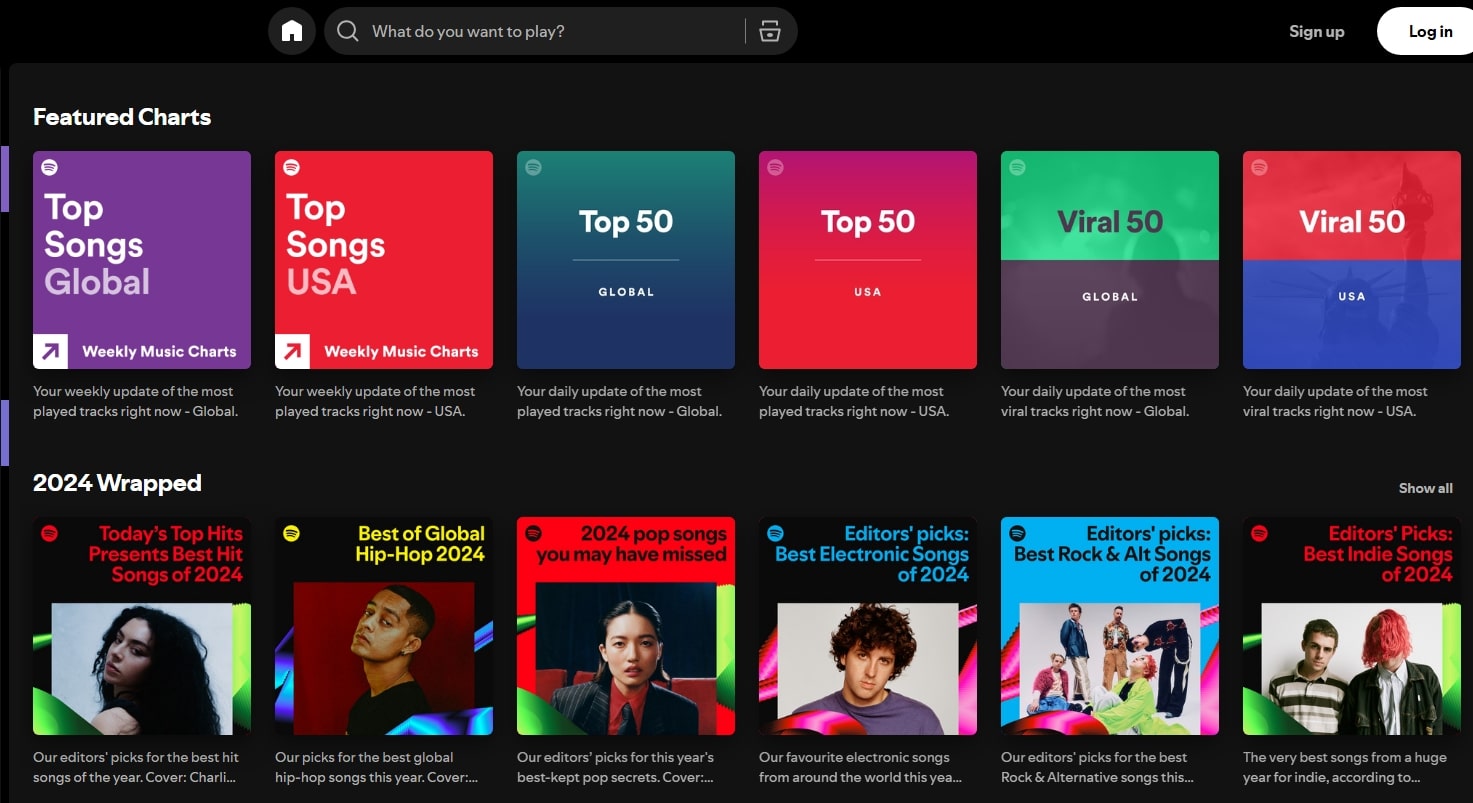
Hyper-Personalization with AI
Personalized content that speaks to your audience will help SEO flourish; artificial intelligence is here to make it simple. Marketers examine user behavior, search intent, and preferences using AI techniques to create focused content. Masters of this approach, companies like Netflix and Amazon keep customers captivated with customized recommendations.
Customized content provides more for SEO than just draw-in clicks. Search engines value highly engagement, so it reduces bounce rates and raises interaction. According to statistics, 74% of people leave websites including useless content. Perfectly complementing SEO objectives, tools as Adobe Target and Dynamic Yield help produce dynamic website content and customized email campaigns. These technologies simplify content generation, so maintaining your strategy sharp and your rankings rising.
Creating Tailored User Experiences
Any good SEO plan is mostly based on customized content. Writing for the crowd is insufficient; you have to create something specifically for each person. Analyze user search data first then segment audiences. If you run a fitness blog, for example, why not provide sophisticated methods for seasoned marketers and basic SEO guidelines for newcomers?
Dynamic tools for analyzing user interactions on your website include Plerdy’s UX Assistant. This information guides the creation of search engine optimized, user-friendly content. Customized experiences not only increase involvement but also signal search engines your site provides value, hence enhancing ranking and exposure.
Personalised Content Examples for SEO:
- Emails: Embed search query-based content recommendations.
- Customize for device use or location-based SEO using landing pages.
- Blog entries should offer customized content depending on patterns in user behavior.
Content customization is an SEO powerhouse not only a buzzword. Users remain longer and search engines reward your efforts when you link user demands with focused search techniques, therefore generating a win-win situation.
Trend 8 – Local SEO and Hyper-Localization
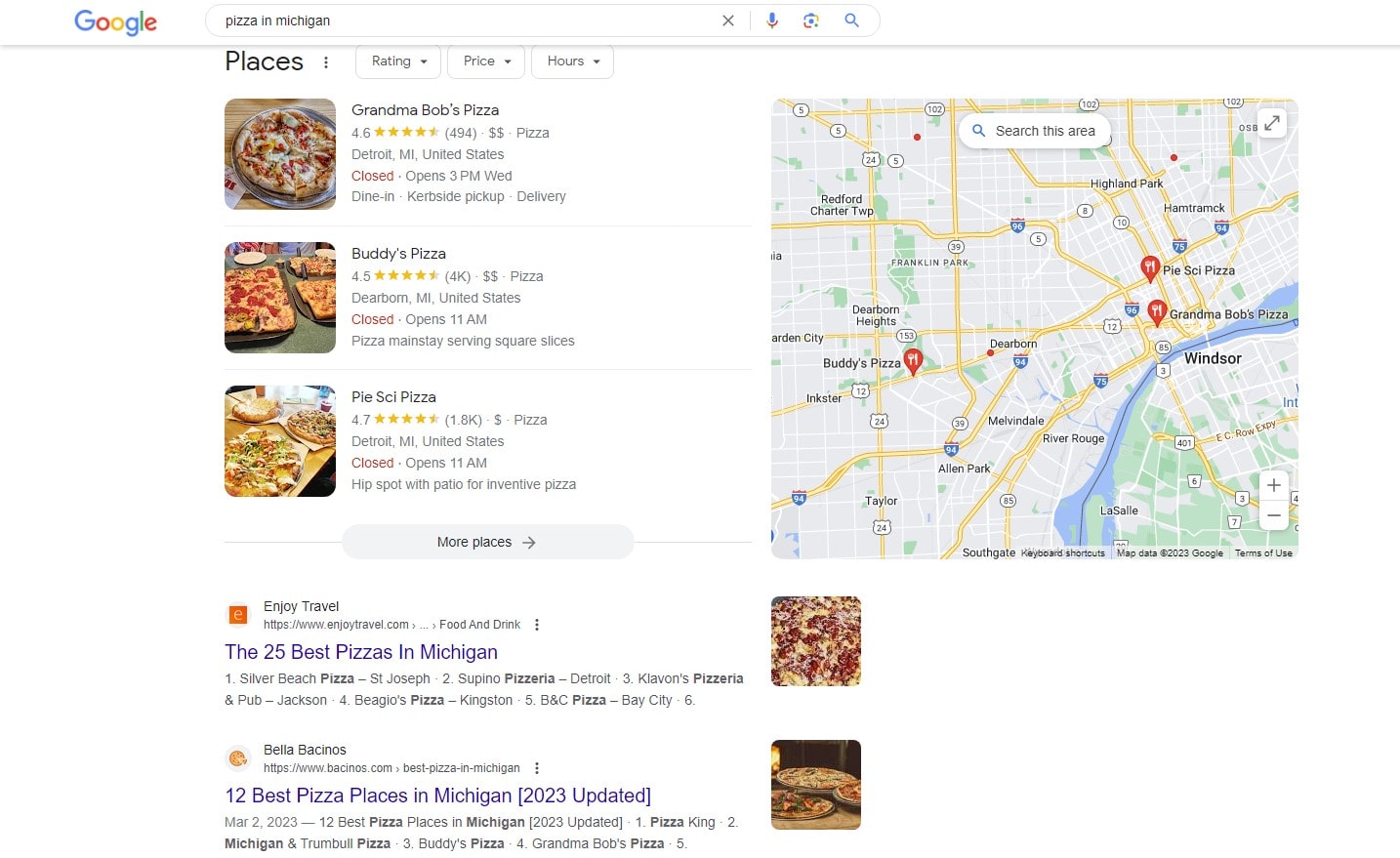
The Growth of Local Search
Local search is becoming the pillar of tying companies with their target market. Of all the Google queries, forty-six percent are local. That’s really huge! Every day people are looking for “content agencies in NYC” or “pizza delivery near me”. Your company is wasting a lot of possible visitors if it is not tuned for local search engine optimization.
The gasoline driving this explosion is mobile search. Customers want results personalized to their particular area, quick and precise. For visibility, features including Google’s Local Pack and improved Google My Business (GMB) profiles change everything. Hyper-localization is a need rather than a buzzword. Companies today ensure their content shows up in the most pertinent searches by targeting customers not only by city but also by area.
Tips for Local SEO Optimization
Local SEO success calls a strategy even though it’s not rocket science. Pay first attention to your Google My Business profile. Keep your contact information and hours current; it helps users and Google trust your page. Add location-specific keywords in your business description, such “expert SEO content services in Dallas.”
Your weapon is local keywords. Target phrases like “SEO content writing in Chicago,” instead of vague terms like “SEO services,” tools like BrightLocal or Ahrefs assist uncover these treasures. Furthermore, never overlook customer reviews; 88% of customers rely on them just as much as word-of-mouth.
Local search engine optimization techniques:
- Include local keywords into meta tags and text.
- Make special, interesting location pages with your own descriptions.
- Post about local events or help your community to show its love.
- Use structured data to improve search clarity.
Search’s future is hyper-local content. Customizing your SEO content for local readers not only improves your results but also fosters genuine relationships, so producing actual results.
Trend 9 – Diversified Content Strategies
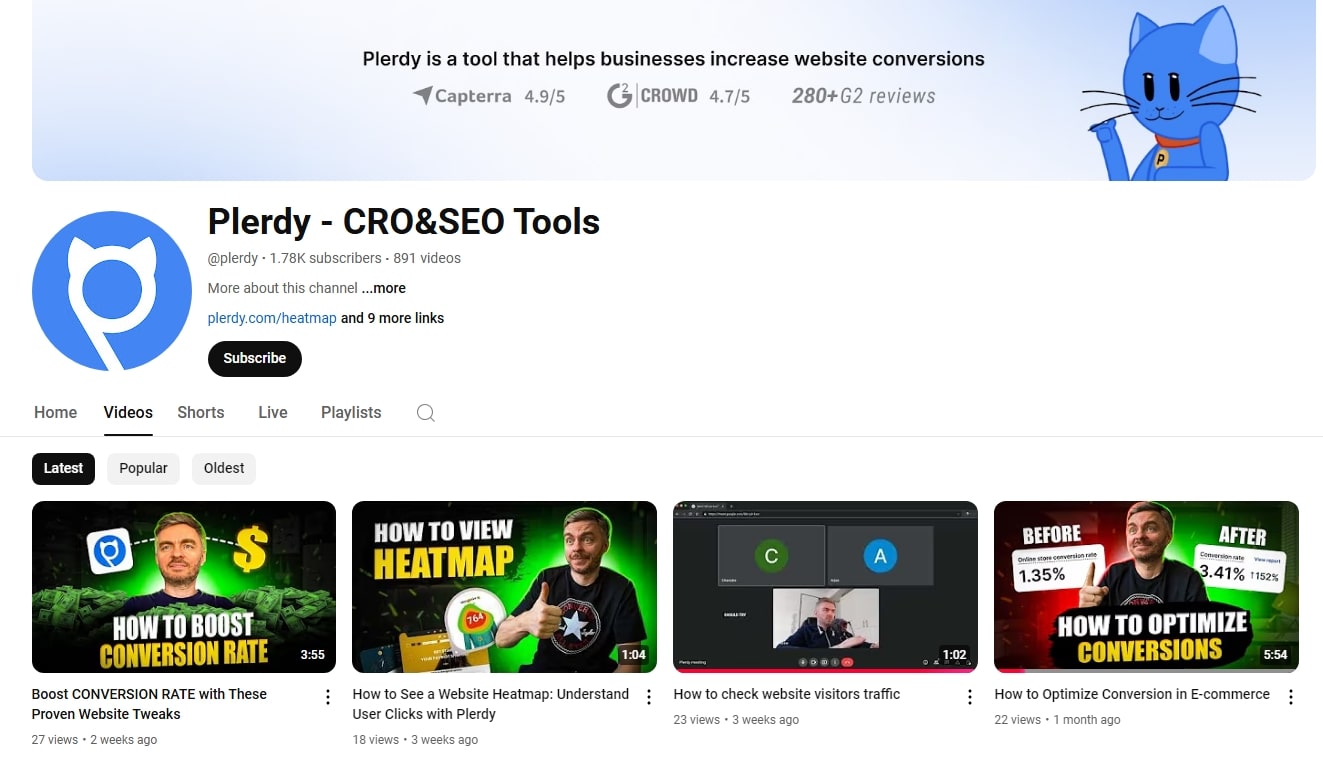
The Power of Multimedia
If you wish to remain competitive in search results, depending just on blog entries will not cut it anymore. With 86% of companies currently using it as their hidden weapon, video content rules SEO techniques. Key players in determining search rankings also are podcasts and interactive content. why? They establish closer relationships with customers and increase metrics of engagement that search engines—especially Google—priority calls for.
Podcasts, for instance, increase your authority in your field and help you show better in voice search results. Buzzsprout and other tools simplify podcast distribution. Interactive content—quizzes, calculators, or infographics—keeps users on your page for more. This longer stay time tells search engines your content is worth looking at. Multimedia content is a tested approach to win the SEO game and grab attention whether you’re creating videos or including interactive components.
Adapting Content for Multiple Platforms
Various platforms, distinct guidelines. Optimizing content is not a one-fits-all process. On LinkedIn, what shines on Instagram could fail. Diverse approaches mean customizing content for every platform while preserving its search engine optimization worth. Short-form films, for example, are great on TikTok but would not fly on Medium, where long-form content flourishes.
Smartly repurpose content to increase awareness. Convert a blog post into a quick YouTube video, Pinterest infographic, or Instagram Stories’ bite-sized pieces. While Hootsuite guarantees scheduling is hassle-free, tools like Canva facilitate producing platform-specific content. These techniques drive traffic from several sources, therefore enhancing your site’s ranking in search results in addition to your reach.
Content Types for Diverseification
- Video courses covering how-to subjects.
- Key data point summaries in infographics.
- Podcasts providing industry expertise.
- Tests interesting users and gathering leads.
- Live feeds increasing real-time contact.
Diverse content tactics guarantee that your website ranks not just but also dominates SEO by serving different audiences on several search engines.
Trend 10 – Data-Driven Decision Making
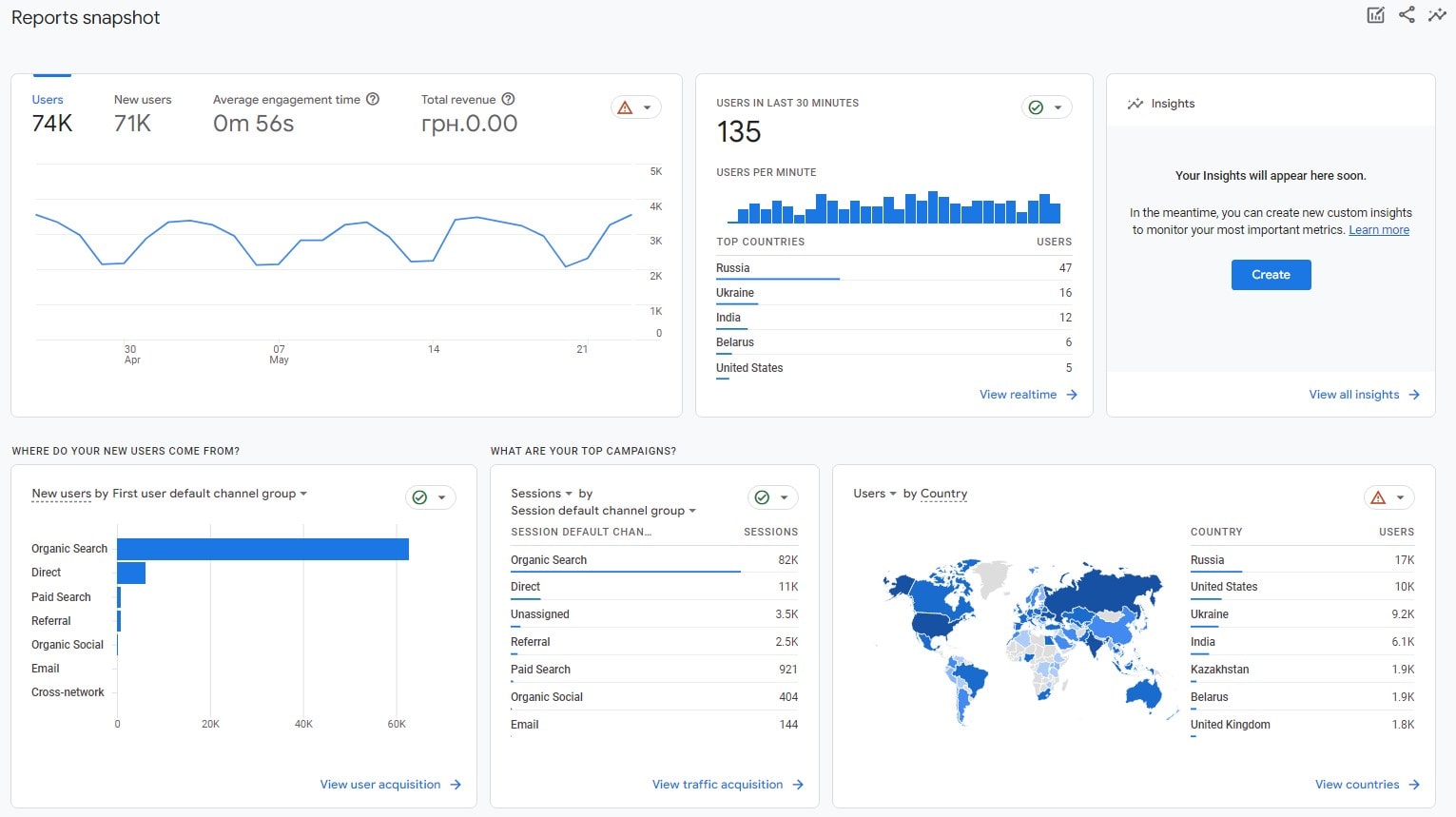
The Role of Analytics in SEO
Negotiating SEO without data is a shortcut toward failure. Search results demand data-driven techniques; they are not random. Analytics technologies provide exact understanding of the performance, search visibility, and keyword efficiency of your content.
Imagine this: users quit your site after ten seconds even though its content is interesting. why? Google Analytics shows bounce rates; Plerdy watches user activity on your pages. These figures show you what’s weighing down your SEO performance as well as what works. Understanding the strengths and shortcomings of your content can help you to improve, change, and rapidly climb search results. Without analytics, you are guessing; and, in search engine optimization, guessing loses.
How to Implement Data Insights
Now what? You have the numbers. Starting with search traffic, examine everything. Is it paid, organic, or referred? Should organic search be lacking, explore tools like SEMrush or Ahrefs to find highly performing keywords used by rivals. Apply this realization to improve your approach of SEO.
Here your best buddy is heatmaps. User clicks and scrolls shown by Plerdy’s heatmap tool help you improve navigation and maximize call-to- action effectiveness. A/B testing to assess content alterations will help to provide better outcomes. See which version conforms with search intent and keeps customers interested.
Data collecting and SEO analysis tools:
- Google Analytics follows user activity and traffic sources.
- Plerdy Heatmaps: Show user interactions across content.
- Ahrefs: Indices competitive keyword prospects.
- SEMrush examines gaps and search trends.
- Crazy Egg provides page specific comprehensive visual analytics.
Content optimization in the SEO of today depends on correct data. Using analytics will help you make sure your content speaks to user intent and meets search engine criteria. The outcome is: Improved traffic and rankings. Analyze; do not guess!
Trend 11 – Thematic Relevance
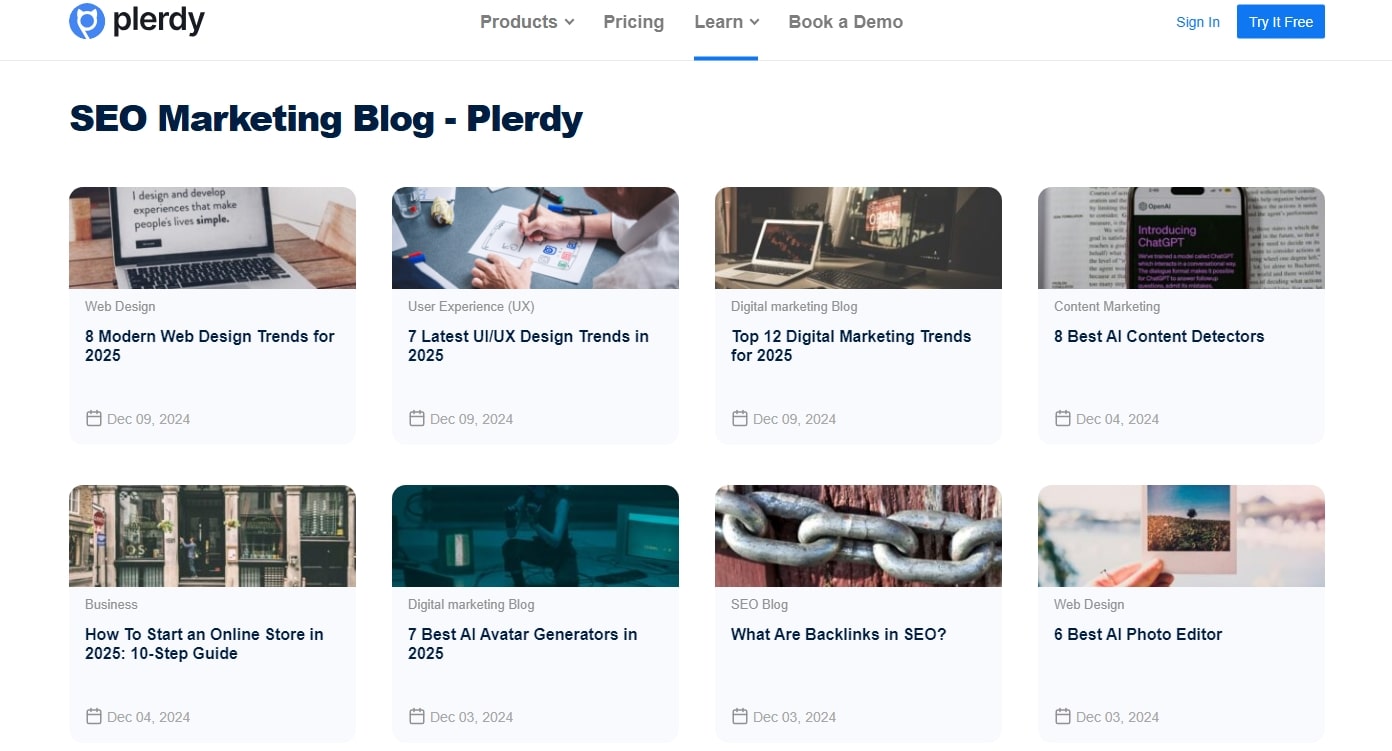
Why Thematic Relevance Matters
Search engines find great satisfaction in context. SEO suffers if your content runs counter to a clear topic. Thematic relevance indicates that your site creates a targeted story across linked subjects rather than merely sprinkles keywords. This increases your search results and helps your readers to trust you.
Imagine writing about “digital marketing” and haphazardly including a paragraph on pasta preparation. Search engines like Google will punish you for lacking background. Rather, topical relevance ties your SEO content into a logical framework. If your page addresses “SEO strategies,” for instance, including pieces on “content creation” and “search analytics” increases your credibility.
Research indicates that 75% of top-ranking pages clearly have a theme concentration. Maintaining relevance goes beyond search to include also meeting the expectations of your audience.
How to Build Thematic Authority
First work with content clusters. Choose a main topic—say, “SEO optimization,” then draft supplementary pieces “Keyword Research Tools,” “How Search Engines Rank Pages,” or “Content for Local SEO.” Link all of them to a primary pillar page.
Consistency important as well. Search engines consider your site as an authority if your posts or videos keep subject emphasis. Semrush or Surfer SEO tools can examine theme gaps, so guiding your future content creation.
Techniques for Thematic Clusters:
- Clearly state one primary theme and follow it.
- Set up subtopics and link every page.
- Search for gaps using Ahrefs.
- Emphasize long-tail keywords consistent with your theme.
- Frequent updates of outdated content help to improve search alignment.
Rankings and traffic automatically improve when your content speaks one language to search engines and users alike. Your SEO superpower—thematic relevance is not optional.
Trend 12 – Sustainability in SEO
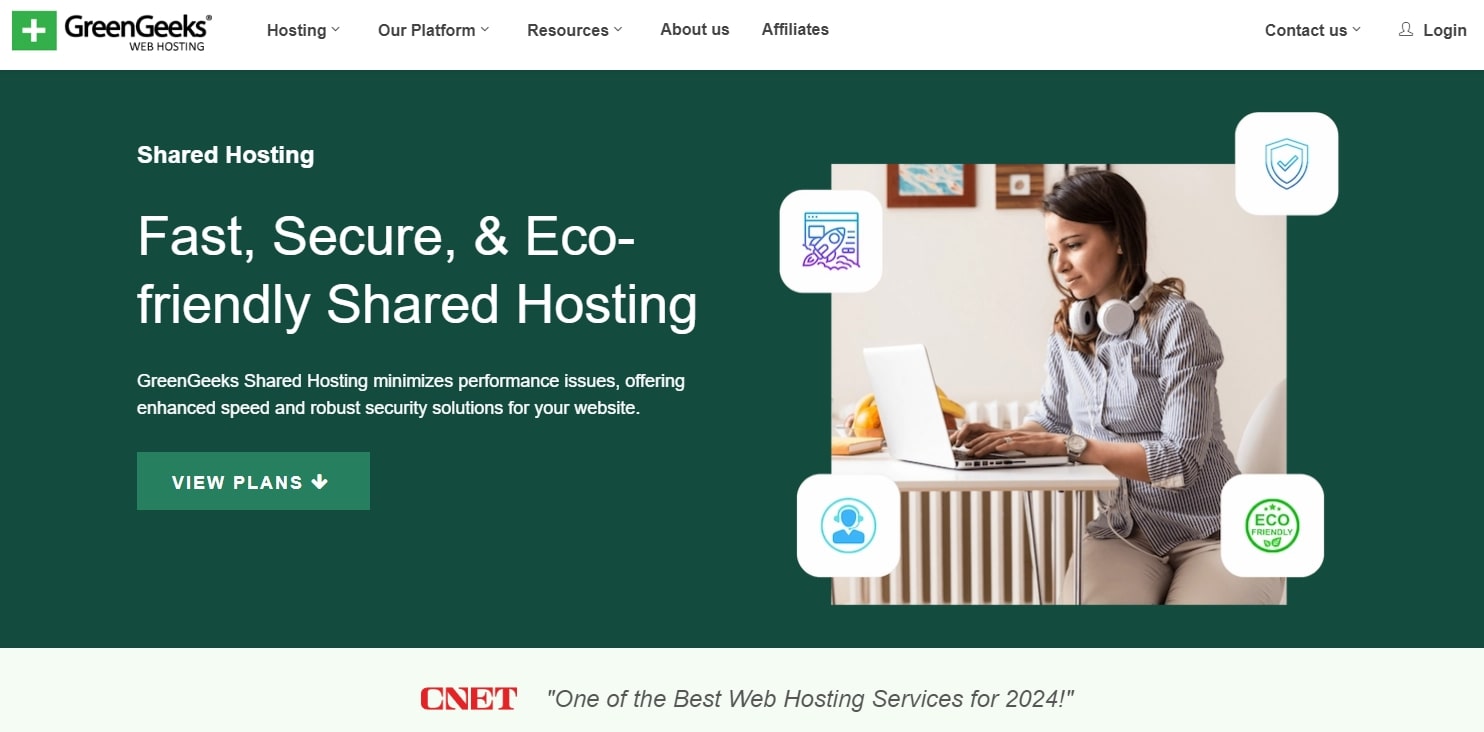
SEO and Environmental Responsibility
SEO now goes beyond rankings to include responsibilities. Digital marketers have a special responsibility for lessening the environmental impact of our online operations. For example, hosting makes about 2% of world carbon emissions equal to those of flight. Sustainable SEO keeps the earth in mind and complements environmentally friendly methods, therefore improving the image of your brand.
Moreover encouraging efficiency are search engines such as Google. Faster-loading pages waste less energy than others, not only rank better. By streamlining your search techniques and content, you improve user experience and cut unnecessary digital clutter. Businesses implementing green hosting solutions or server optimization are modeling environmentally friendly behavior in digital marketing.
Customers also care. According to studies, 75% of Generation Z members favor environmentally friendly companies. Combining SEO with green projects not only is moral but also a means of appealing to an environmentally conscious audience.
Practical Steps for Green SEO
Start with a clean website framework. Too many large images or redirects compromise your SEO and waste needless energy. For environmentally friendly site administration, choose green hosting solutions as Eco Web Hosting or GreenGeeks.
Emphasize evergreen subjects for sustainable content that call for less updates. This reduces pointless digital effort while nevertheless ensuring relevancy in search results. Optimize your headers and meta tags as well; shorter descriptions mean less data sent across servers.
Reducing Carbon Footprint in SEO: Steps
- Choose green web hosts.
- Compress files and edit pictures.
- Reducing server requests for quicker page loading
- Give evergreen content first priority to cut updates.
- Frequent audits help to eliminate out-of-date pages.
Matching SEO techniques with sustainability helps to enhance search results and lower environmental impact, so benefiting the earth as well as your company.
Conclusion
Maintaining a current with SEO trends is not only a matter of choice but also a survival in the always shifting field of digital media. From integrating artificial intelligence to maximizing for mobile-first indexing, these techniques affect how search engine results for your content show. Ignore them, and you could find yourself behind rivals who change faster.
Your weapon of choice is flexibility. SEO is dynamic so neither should you be. Analyze, change, and keep on. Tools as Plerdy, Google Analytics, or SEMRush enable you to remain current and sharp.
Change with the times; your content will remain brilliant on search results independent of the level of competition.
